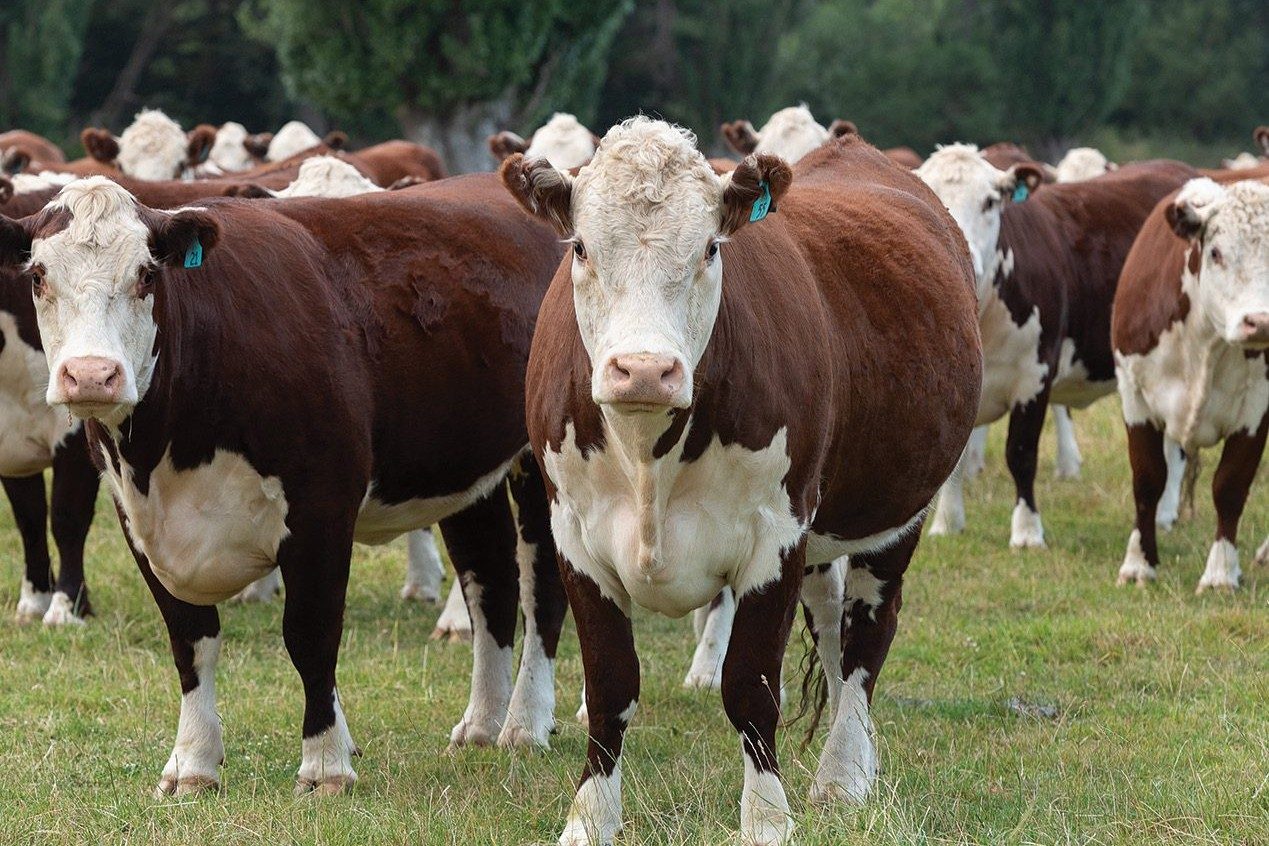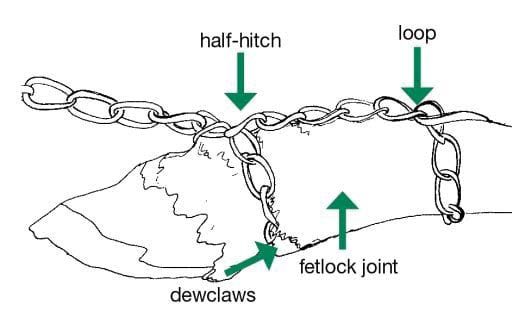Difficult births, helpful solutions
Calving and dystocia go hand in hand. Vet Rachael Fouhy looks at the main causes of dystocia and has some tips and tricks to deal with it.

Dystocia or calving troubles is a common issue we all potentially face as farmers at calving time and as vets it contributes to a significant proportion of our workload in spring.
Dystocia can occur when there is foetal-maternal disproportion: for example, the calf is too big to fit through the cow/heifer’s pelvis. The most common causes of this are under-grown heifers and the wrong bull. If the wrong bull is chosen, then typically the shoulders and/or the pelvis are too big to fit through the cow’s pelvis and everything gets stuck. The wrong bull refers to one that either has a high birthweight and has been used over heifers, or one that is the wrong shape for young animals, e.g. large thick shoulders.
Regarding birthweight, it is very important that the EBVs are used when assessing potential birthweight, not the numbers. The bull’s birthweight doesn’t always accurately reflect his genetic potential, e.g. if the bull was 32kg at birth that doesn’t guarantee that his calves will be 32kg, potentially he could leave 42kg calves. This is why EBVs need to be used.
It is also important to look at a stud’s breeding policy. If they are not mating yearling heifers then it is probably not the place to buy bulls from for heifer mating. Hybrid vigour means oversized calves are more likely when you use a different breed than your maternal breed.
I often hear people make comments about feeding heifers and the impacts of this on the birthweight of the calf. As a general rule, the birthweight of the calf is already genetically programmed and feeding will have very little impact on this, bar extreme underfeeding which will affect the heifer, or extreme over feeding that may result in increased fat in the pelvic canal.
Please do not underfeed heifers in late pregnancy thinking this will help with calf birthweight. It will not, it will just result in low energy heifers who take longer to recover from calving.
When should we choose to intervene?
If you see one leg and a head or a head only, it’s likely the animal will need some help asap. Alternatively, if the heifer has made no progress in an hour then it’s a good idea to check. As much as we all want to get the calf out as quickly as possible, it is really important that time is taken to make an assessment before pulling commences. Make sure you reach as far into the uterus as possible. Does everything feel normal? Is everything in the correct place? Will it fit out? Is the cow/heifer dilated enough? Is there only one calf? Is it coming head first or tail first?
Calving troubles can happen when things are in the wrong place. This includes legs back, heads back, or some type of calf deformity. For some reason the cow might also have some issues. One issue might be not having a fully dilated cervix – normally you can’t feel the cervix. If you feel a band over the calf’s head or your arm needs to go through a hole/tunnel to get to the calf, then she is not dilated enough or she has a twisted uterus. The best advice if you feel this type of unusual feeling is to wait an hour and reassess. If nothing has changed, call the vet.
Most importantly if you have spent 15 minutes trying and have made no progress you need a change of plan. Now is the best time to call the vet. If you try for an hour before you call for help, chances are you have made no more progress than you did in the first 15 minutes, and all you have achieved is a tired animal which will make it harder for the vet, and you are now grumpy and frustrated.
Despite all our preparations, often nature can throw curve balls at us and we end up with a season where we have issues – it happens to us all. If you are having calving issues in your heifers, we do have the ability to use drugs to help with the earlier delivery of some calves in situations where a heifer’s welfare is being affected.
TIPS AND TRICKS FOR ASSESSING FOETAL SIZE
Both legs and the head need to fit into the pelvic canal
- This means both feet out and the nose almost at the vagina.
- If you can’t do this, the calf is too big.
You should be able to extend both legs fully
You need to be able to get both front legs straight: e.g first joint out of the vagina. If you can only get one at a time then the calf is probably too big.
Measure the feet diameter
Measure the size of one fetlock and then how many fetlock widths fit between the pin bones. If you can fit three, then you are good to go. If you can only fit two, then it could be very tight or not happening.
TIPS AND TRICKS FOR CALVING COWS AND HEIFERS
- Use lots of lube: this is cheap and makes life so much easier – your vet should happily sell this to you
- Attach ropes to both the head and the legs
- Ensure smooth and slow pulling – jerky stop/go pulling is one reason that farmers have more difficulty than vets in getting out bigger calves
- Once the shoulders are through, pull the calf in a downwards direction as the hips pass though
- If the calf is coming backwards the same applies, but make sure the tail is pulled down as if it curls up it can tear the cow.
- Rachael Fouhy is senior veterinarian and director at Tararua Vet Services, Pahiatua.




